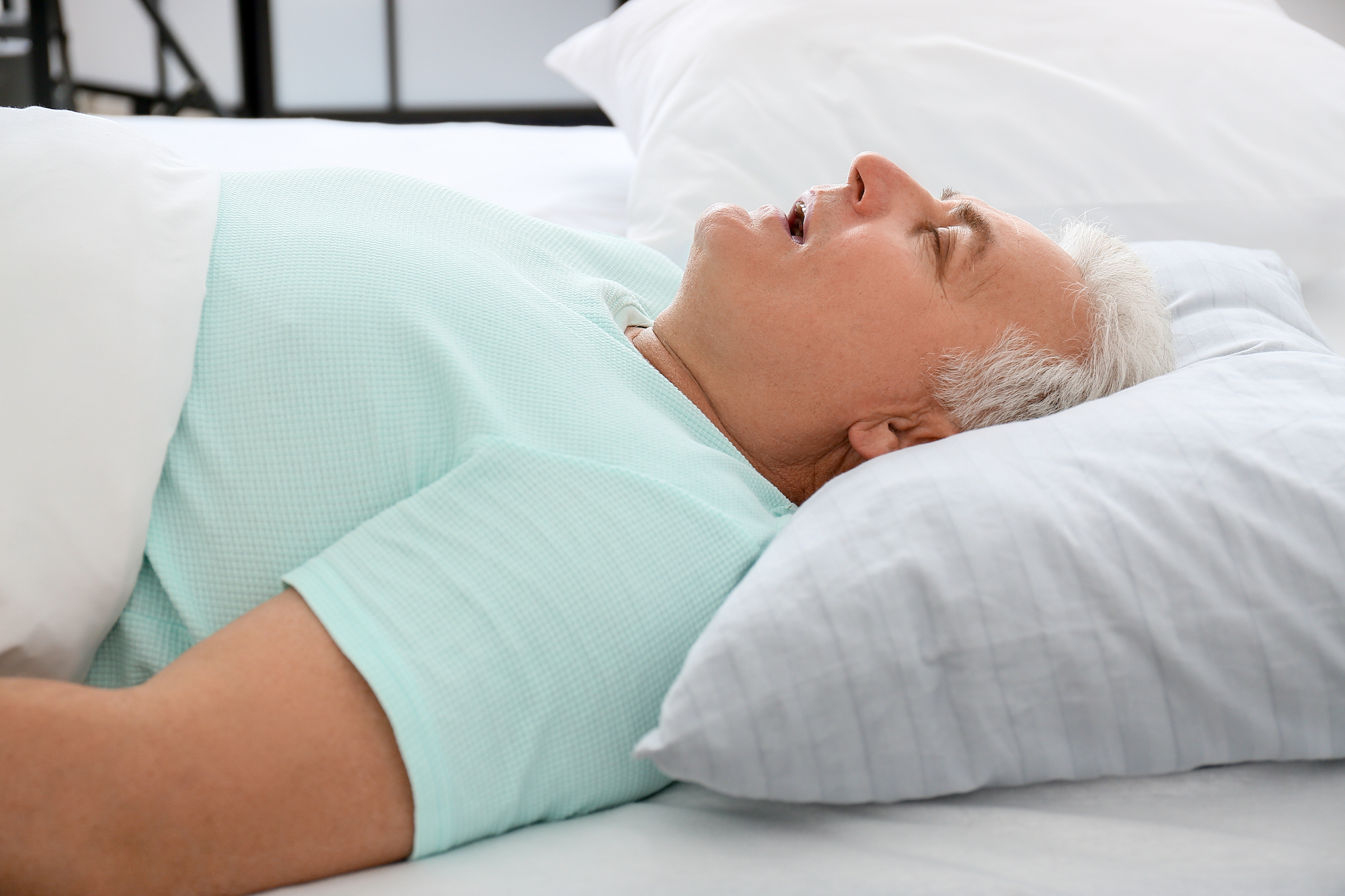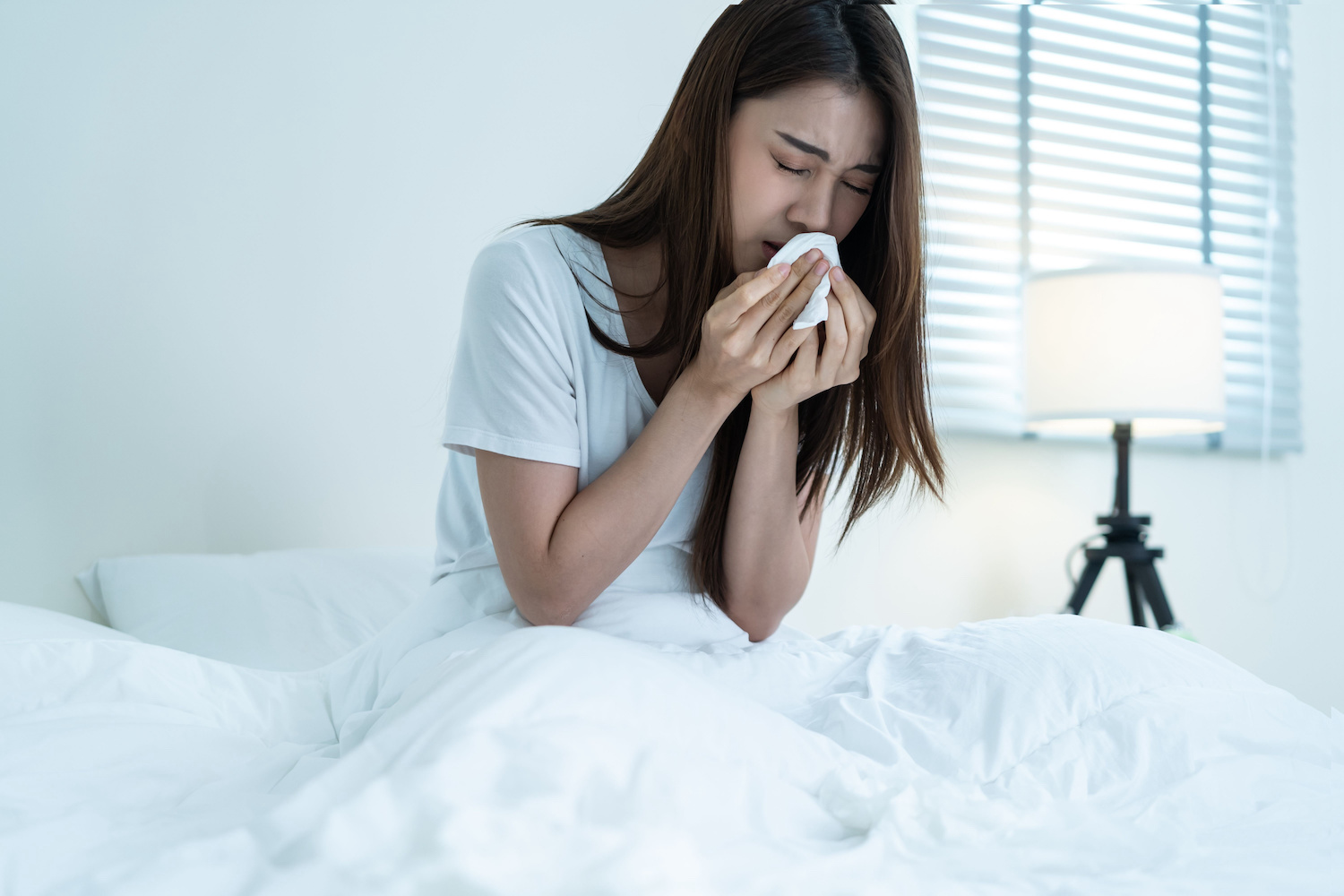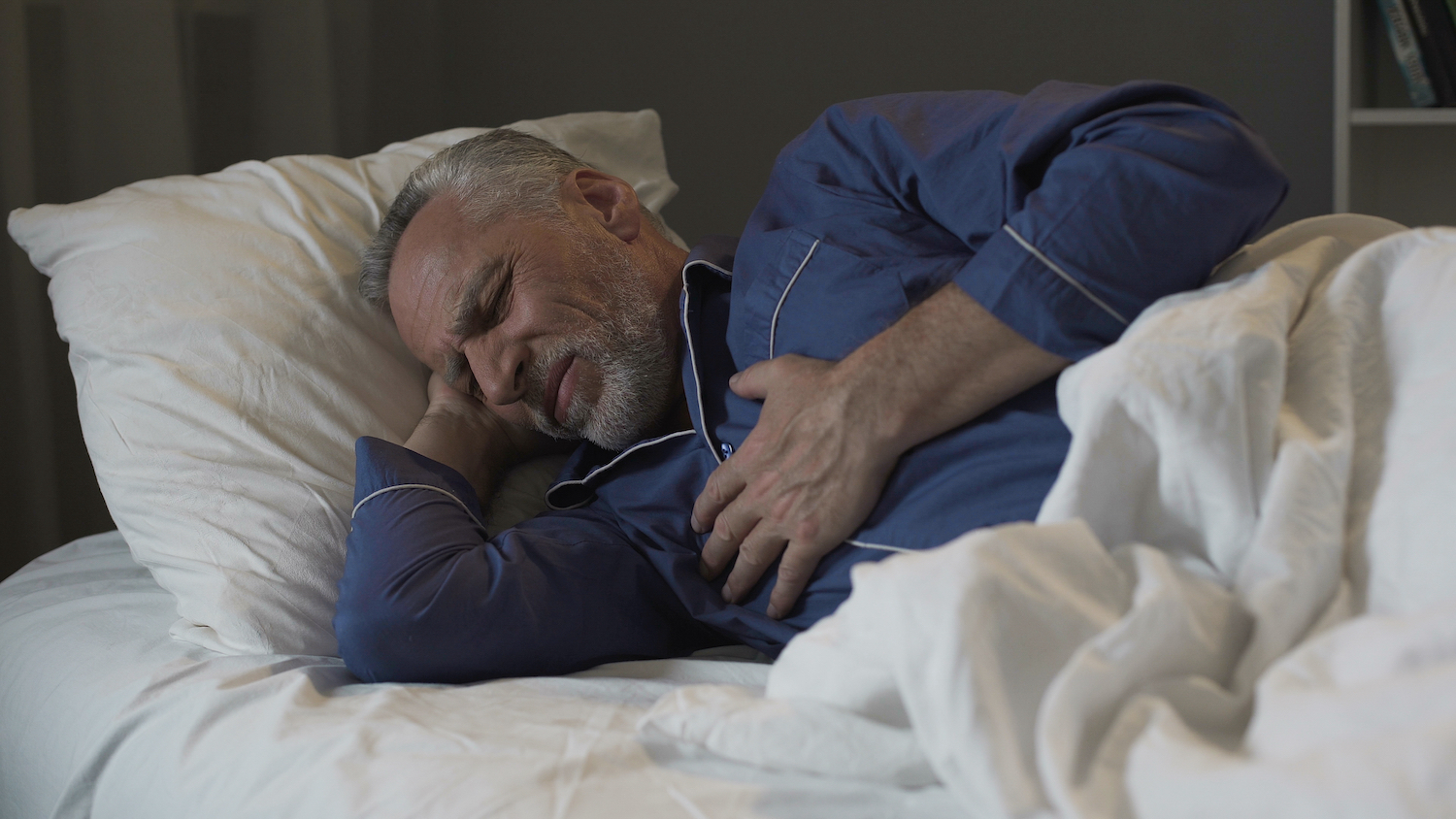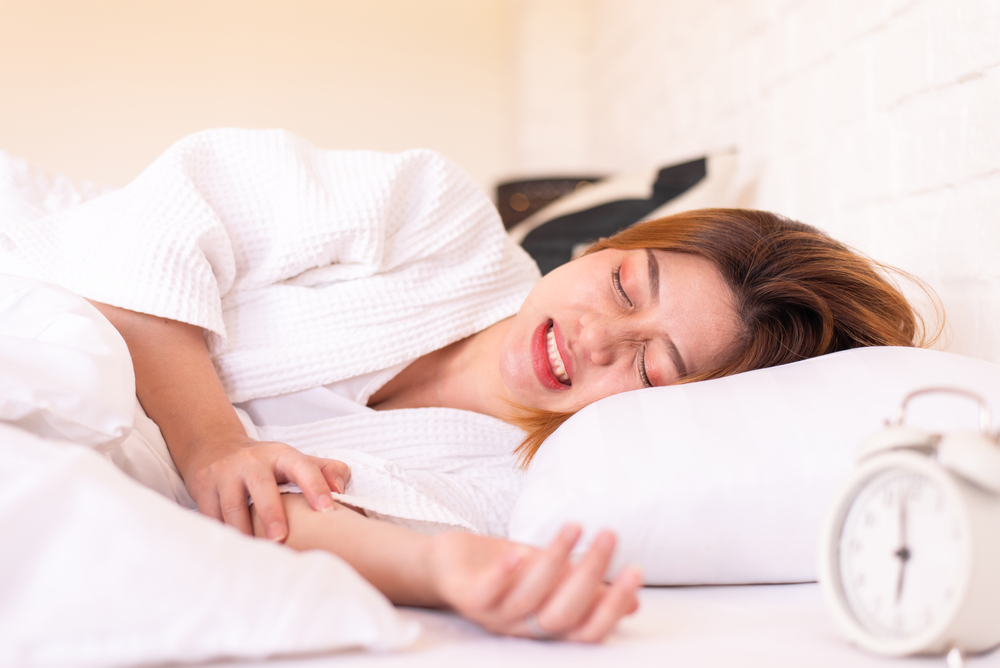In the U.S., 10% to 30% of people have obstructive sleep apnea (OSA), and a smaller number have central sleep apnea (CSA). If you or a loved one has sleep apnea, you might have come across unfamiliar terms, like hypopnea, while reading about them.
A hypopnea is a type of breathing event that occurs with increased frequency in people who have sleep apnea and other sleep-related breathing disorders. Find out more about hypopneas including their symptoms, causes, and potential treatments.
What Is Hypopnea?
A hypopnea is a short period during which a person experiences a reduction in breathing as they sleep. Different technical definitions of hypopnea have been used over time. Currently, the American Academy of Sleep Medicine (AASM) outlines three criteria that must be met for a breathing event to be considered a hypopnea:
- Airflow must decrease by at least 30%
- This decrease must last for 10 or more seconds
- Blood oxygen levels must drop by at least 3% or 4% during this event, or brain waves must demonstrate an arousal, which signals a brief awakening or a transition to a lighter sleep stage
Types of Hypopnea Events
Some sleep clinics classify hypopnea events into different subtypes, even though doing so is a difficult task. Hypopneas may be categorized into two types:
- Obstructive: During an obstructive hypopnea, breathing is partially obstructed and reduced because the airway has narrowed. Snoring often accompanies these hypopneas due to tissue vibration. The sleeper continues putting in effort to breathe, and they may make abnormal abdominal movements, like moving the abdomen inward while inhaling.
- Central: During a central hypopnea, the brain doesn’t send a signal to breathe. As a result, the sleeper generally puts in less effort to breathe. However, since these differences in brain signaling and breathing effort can be difficult to detect, a hypopnea is generally considered a central event when there aren't signs of airway narrowing, like snoring.
Hypopnea Symptoms
If a person experiences an excessive number of hypopneas as they sleep in combination with other abnormal breathing events, they have a sleep-related breathing disorder. People with such a disorder, like sleep apnea, often experience the following symptoms:
- Lapses in breathing while asleep
- Loud snoring
- Gasping while asleep
- Daytime tiredness
- Difficulty with attention and learning
- Dry mouth
- Headaches
- Frequent awakenings to urinate
Although some people may notice their sleep apnea symptoms, others are unaware they have symptoms until their bed partners alert them.
Whether a person has noticed their own symptoms or a bed partner has pointed them out, anyone with signs or symptoms of sleep apnea should make an appointment with their doctor. A medical provider can order tests and diagnose any sleep disorders present.
Hypopnea vs. Apnea
Both hypopneas and apneas are breathing events that occur during sleep more frequently than normal in people who have sleep apnea.
While a hypopnea involves a reduction in airflow, an apnea involves airflow stopping or nearly stopping. During a hypopnea, airflow decreases by at least 30%, but during an apnea, airflow reduces by at least 90%.
Like hypopneas, apneas may be categorized as obstructive or central. During an obstructive apnea, a person's muscles are still putting in effort to breathe, but during a central apnea, there is no effort being made.
Apnea events may also be given a third categorization called a mixed apnea. During a mixed apnea, a person's muscles don't put in effort to breathe at first, but then put in effort at the end of the apnea.
Hypopnea Causes
The causes of hypopneas are the same as the causes of the sleep-related breathing disorders are associated with hypopnea events. The most common disorders that involve increased hypopneas are obstructive sleep apnea and central sleep apnea.
Obstructive Sleep Apnea
Obstructive sleep apnea is caused by the airway collapsing multiple times throughout the night as a person sleeps. Multiple factors have been identified that make it more likely a person will experience OSA:
- Obesity
- Older age
- Abnormalities in the skull or airway
- Male sex
- Family members with OSA
- Family members who snore
- Smoking
- Nasal congestion
- Medical conditions, like heart failure and high blood pressure
- Pregnancy
Central Sleep Apnea
In central sleep apnea, a person experiences reductions in breathing not because their airway closes, but because their muscles briefly stop putting forth effort to breathe throughout the night. As with OSA, certain factors have been identified that make CSA more likely to occur:
- Older age
- Male sex
- Stroke
- Heart failure
- Medical conditions, like kidney failure
- Medications, like opioids
How Hypopnea Is Diagnosed
To diagnose sleep-related breathing disorders, like obstructive and central sleep apnea, doctors most commonly order a sleep study called polysomnography (PSG) or, in some cases, a home sleep apnea test.
A sleep study generally takes place in a sleep clinic, where a technician oversees it. Before undergoing a sleep study, a person is hooked up to multiple devices that monitor various types of activity in the body. For example, sleep studies often measure the following:
- Brain activity
- Airflow
- Breathing effort
- Blood oxygen level
- Heart rhythms
If a health care professional suspects a person may only have OSA and not other sleep disorders, they may order home sleep apnea testing (HSAT) instead of an in-lab sleep study. HSAT does not take as many measurements as an in-lab study and generally costs less than an in-lab sleep study.
The diagnosis of sleep-related breathing disorders is based on multiple factors, including how many hypopneas and apneas a person experiences. These breathing events are used to calculate a number called the apnea-hypopnea index (AHI).
To calculate AHI, a health care provider adds all the apneas and hypopneas a person experiences in a night of sleep testing, then divides by the number of hours the person slept.
In addition to a sleep study, doctors may also order other tests, like blood tests or pelvic ultrasounds, to rule out other related conditions.
Treating Hypopnea
Sleep apnea, which is characterized by hypopneas and apneas, is most commonly treated with continuous positive airway pressure (CPAP) therapy. A CPAP machine releases air into the nose or nose and throat to keep the airway open as a person sleeps. Sometimes other, similar types of machines called BiPAP devices are used instead.
In some instances, sleep apnea treatments may involve oral devices worn during sleep or surgery on the mouth, throat, or jaw instead of a PAP machine. These treatments generally work by moving the tongue to open up the airway.
Sometimes lifestyle changes may also help reduce symptoms associated with sleep apnea disorders. For example, a doctor may recommend exercising more frequently, giving up smoking, or reducing alcohol intake. At times, a person with sleep apnea may be advised to avoid sleeping on their back.






